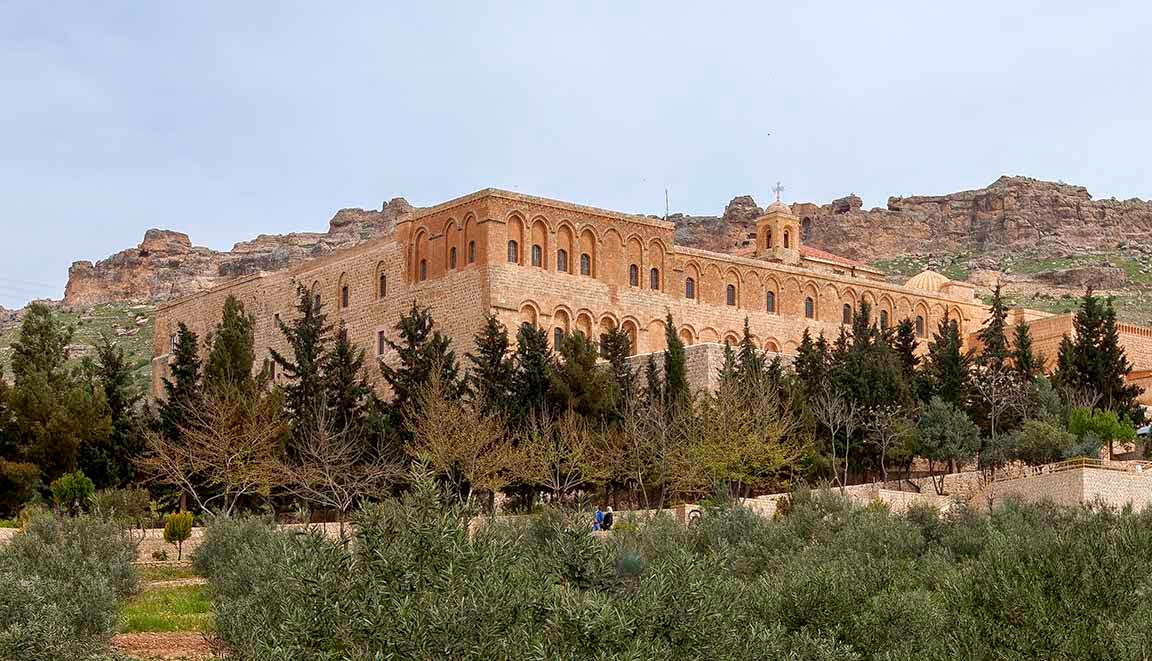Uzbekistan | Bukhara | Trade Dome #1
After returning from My Sojourn to Nurata I continued my peregrinations of Bukhara. I pretty much had the city to myself. From March 1 to March 12 I was the only guest in the Guesthouse Where I Was Staying, and as far I could tell I was the only Occidental tourist in the whole town. There were of course other tourists and pilgrims in Bukhara, but the vast majority of these seemed to be from other areas of Uzbekistan and from neighboring Kazakhstan and Tajikistan, with a smattering from other countries of the Asian-Islamic geosphere. The men from these all of these places were obvious from the fact that almost 100% of them wore black leather coats and jackets.
I had chosen to come to Bukhara in the off-season (as far as Occidental tourists were concerned) both to avoid the sweltering heat I had experienced during a Previous Trip to Bukhara in June and to take advantage of the cheaper off-season rates at the hotels. Having spent the winter in Ulaanbaatar, where the temperatures had gone done to 40 below zero Fº and where it still well below 0 Fº when I left I was not expecting the late winter/early spring weather in Bukhara to be a problem. Indeed, I had checked the temperatures in Bukhara every day for a week before I left and it was getting up into the 60s F. most afternoons. I had a down jacket in my portmanteau, but at the last moment, seeing these balmy temperatures, I had taken it out.
Now the weather was not cooperating. It was below freezing every night and there was no central heating in the guesthouse where I was staying. I had to put on every piece of clothing I had brought along just to sit in the dining room for breakfast, and in the afternoons the temperatures outside remained in the low 30s F. Plus it was very windy and the air was surprisingly damp, all of which made it seem much colder than it was. I quickly discovered that the light jacket I had brought along was barely adequate. Still, I ventured out every morning and spent most of the day exploring the city on foot.
From my guesthouse I would walk about 800 feet to the first of Bukhara’s three trade domes. Originally there were five of these trade domes at the intersections of the main commercial streets, all built in the 1580s during a resurgence of commerce on the old Silk Road. Today only three remain. The one nearest to my guesthouse is known locally as Trade Dome Number One, or the Tok-i-Sarrafon (a tok is a vaulted and domed bazaar). This was originally the Money-Changer’s Bazaar. Here congregated Armenians, Afghans, Punjabis and others who exchanged the wild array of notes and coins that flooded into Bukhara from the far reaches of the Silk Road for the bronze, silver, and gold coins that served as legal tender in the city’s markets. The Armenians, who were Christians, and the Punjabis, who were probably Hindus (although there could have been some Jains among them) also engaged in lending out money at interest, something with the Moslem money-changers were prohibited from doing by the strictures of their religion.
Trade Dome Number One, or the Tok-i-Sarrafon (Enlargement for a mes)
Another entrance to Tok-i-Sarrafon
View of the Dome in Tok-i-Sarrafon.
The money-changers are long-gone (except for the black market money changers who now loiter around just outside the entrances to the dome). During the day the shops inside now sell the usual assortment of silk scarves, woolen tote bags, pillow cases, small carpets, and various souvenirs; one shop displays the work of a fairly good miniaturist. There is usually stuff laid out on the floor for sale also. This photo was taken in the morning before the shops were open. The dome itself stays open all night; there are no doors on the entrances.
View of two of the four entrances to Tok-i-Sarrafon (Enlargement for a mes)






